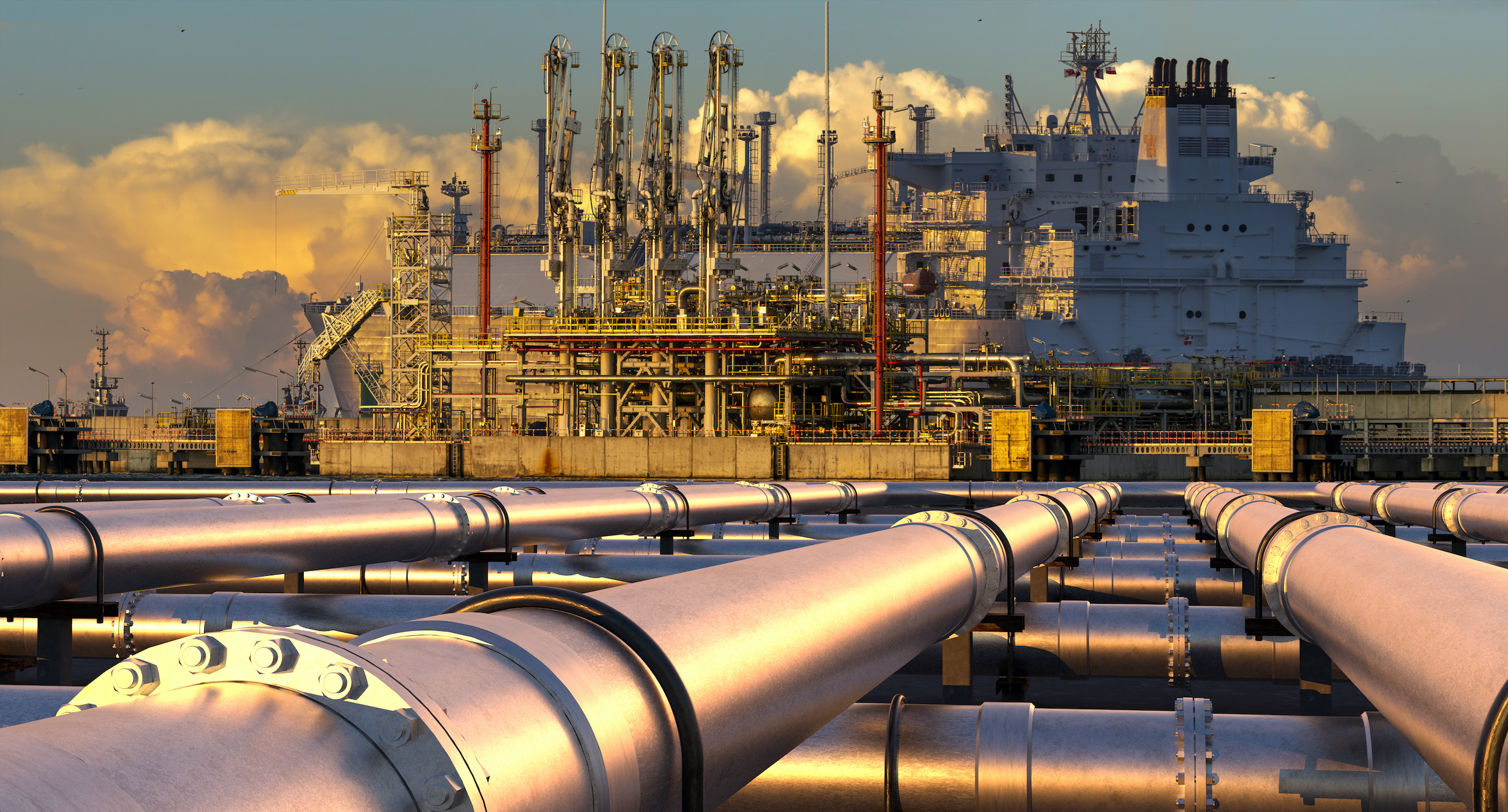IEEFA: Expansion of LNG facilities may lead to higher power prices
- September 5, 2023
- 0

The Institute of Energy Economics and Financial Analysis (IEEFA) has raised concerns about the widespread expansion of liquefied natural gas (LNG) terminals and power plants in the country, warning that it could have costly consequences for the nation’s energy future.
In a report by the Philippine Star, IEEFA said that the country’s first two shipments of LNG already amounted to almost $90 million or Php 5.1 billion.
IEEFA LNG and gas research lead for Asia Sam Reynolds said that the cost is only for two cargoes, which meant that the LNG import bills are unreasonably expensive.
The institute estimates that the prices of the first two shipments from the United Arab Emirates and Indonesia amount to $15 and $12 per million British thermal units (MMBtu). It was said that the two cargoes contained 0.13 million tons of LNG but the Philippines would need 3.5 million tons per year to ensure the continuous operation of five gas-fired power plants.
With the current prices of LNG, the bill of the country could further increase to a whopping $2.5 billion, or the equivalent of Php 141 billion, and with the Russia-Ukraine war, the global gas markets are undergoing a restructuring which means that LNG prices are unstable and could still increase.
Should the LNG be priced at $15 per MMBtu, the final generation charge would hit Php 8 per kilowatt hour (kWh).
Reynolds added that as LNG costs fluctuate, the end-users have no choice but to go with the flow.
With this, IEEFA pointed out that the latest draft of the Department of Energy (DOE) on natural gas circular is confusing since the government is aiming for a lower energy cost.
Reynolds explained that the draft has created a “disconnection” from the goal of reducing energy costs for consumers, especially considering that Filipinos already pay some of the highest electricity prices in Asia.